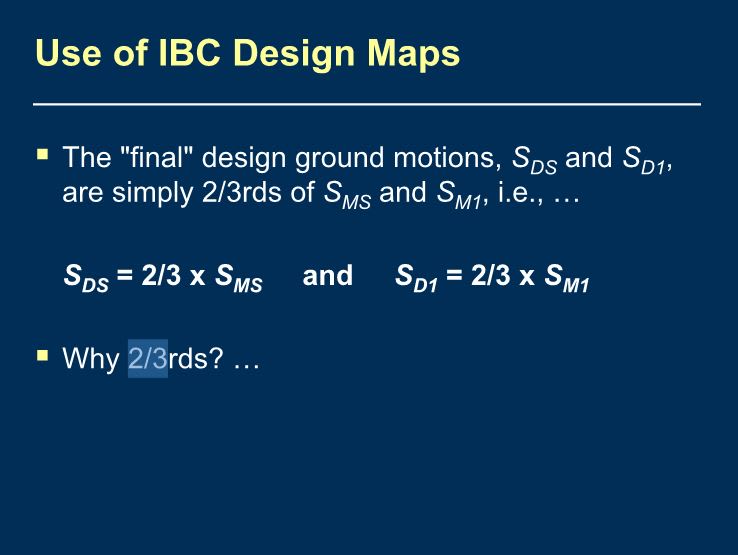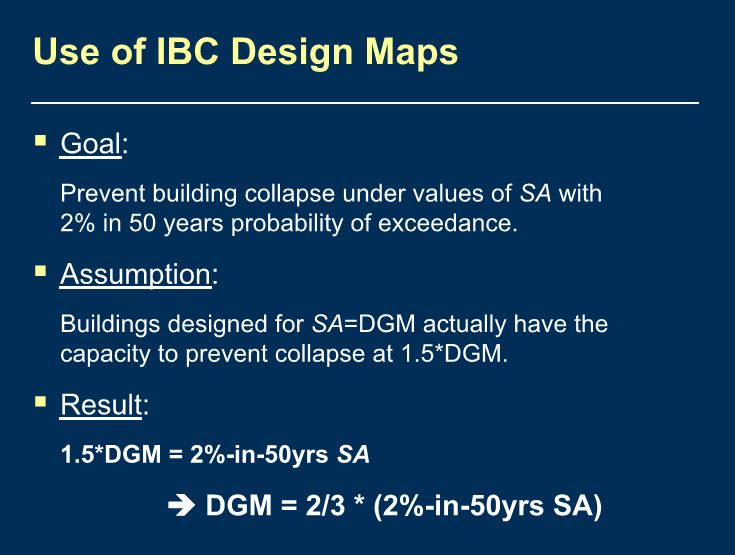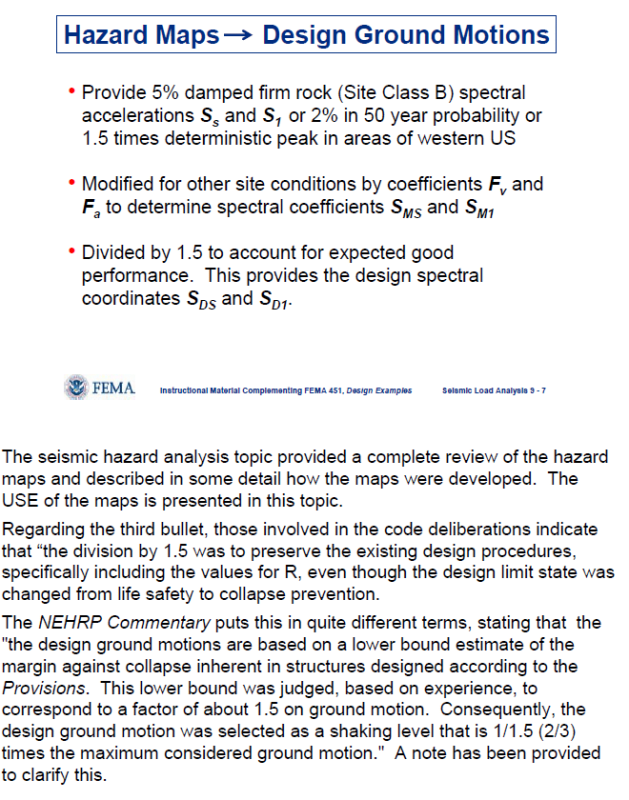NTUCE
Structural
- Jun 13, 2020
- 11
In the seismic code ASCE7-10, the MCE spectral value is specified as S_MS, and DBE as S_DS.
Where does the factor 2/3 come from?
I know it's like a reduction factor, but does anyone know how the value be specified?
Where does the factor 2/3 come from?
I know it's like a reduction factor, but does anyone know how the value be specified?







